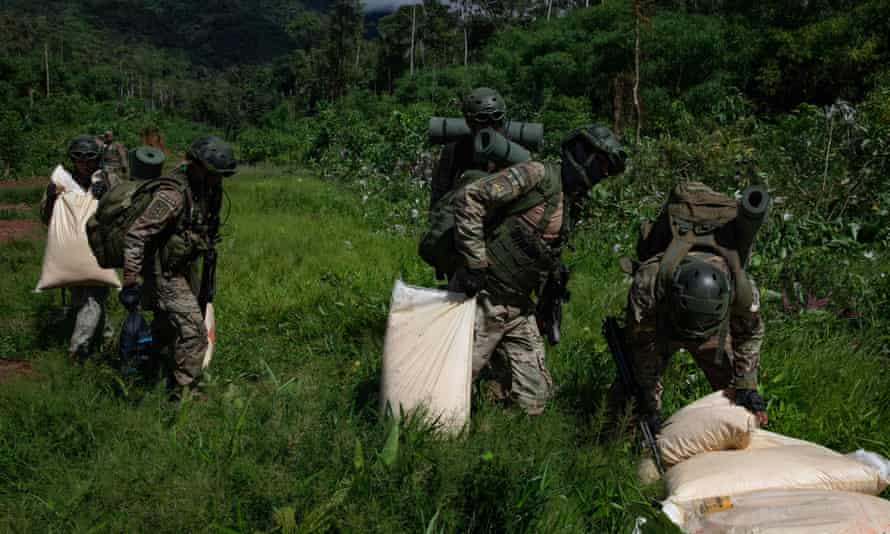Turkish Military Strikes Syrian Villages with Missiles, Artillery Shells

TEHRAN (FNA)- The Turkish military has taken the Western Syrian province of Aleppo’s villages under a heavy bombardment campaign, according to reports.
The offensive took place against as many as 10 villages across the province on Tuesday, Al-Mayadeen television network reported.
The Turkish forces unleashed at least “200 missiles and artillery shells” against the targeted areas, it added.
The network identified the source of the offensive as the Turkish missile and artillery units that are deployed across Turkey’s illegal bases South of the city of Afrin, which is located in the Arab country’s extreme Northwest.
It is yet to be known whether the offensive has resulted in any human or material losses.
The attack came less than a week after the Turkish military brought the Syrian Army’s bases in the Northern part of the Aleppo province under similar artillery and missile strikes.

Since 2016, Turkey has launched three military operations inside Syria to target the United States-backed Kurdish militants, who are known as the People’s Protection Units (YPG). Turkey accuses the YPG of being linked to the Kurdistan Workers’ Party (PKK) militant group, which has been fighting a decades-long separatist war against Ankara.
On May 23, Turkish President Recep Tayyip Erdogan stated his country aimed to resume its efforts to create the alleged buffer zone.
The Turkish president did not provide further details, but said the operation would begin after Turkey’s military, intelligence, and security forces completed their preparations.
Syria considers the Turkish presence on its soil to be illegal, saying it reserves the right to defend its sovereignty against the occupying forces.
On Monday, the Syrian parliament denounced as "brutal aggression" Turkey’s plans to establish the “safe zone”, saying the plans were part of Ankara's efforts to change the demographic population in the area.
Late last month, Syrian Foreign Minister Faisal Mikdad deplored the status quo in the occupied Northern flank of his country, stating that the situation there was “on the verge of a catastrophe".
“Turkish practices in Syria are a blatant example of disregard for the minimum civilized and moral values, international law, and the Charter of the United Nations,” he noted.































